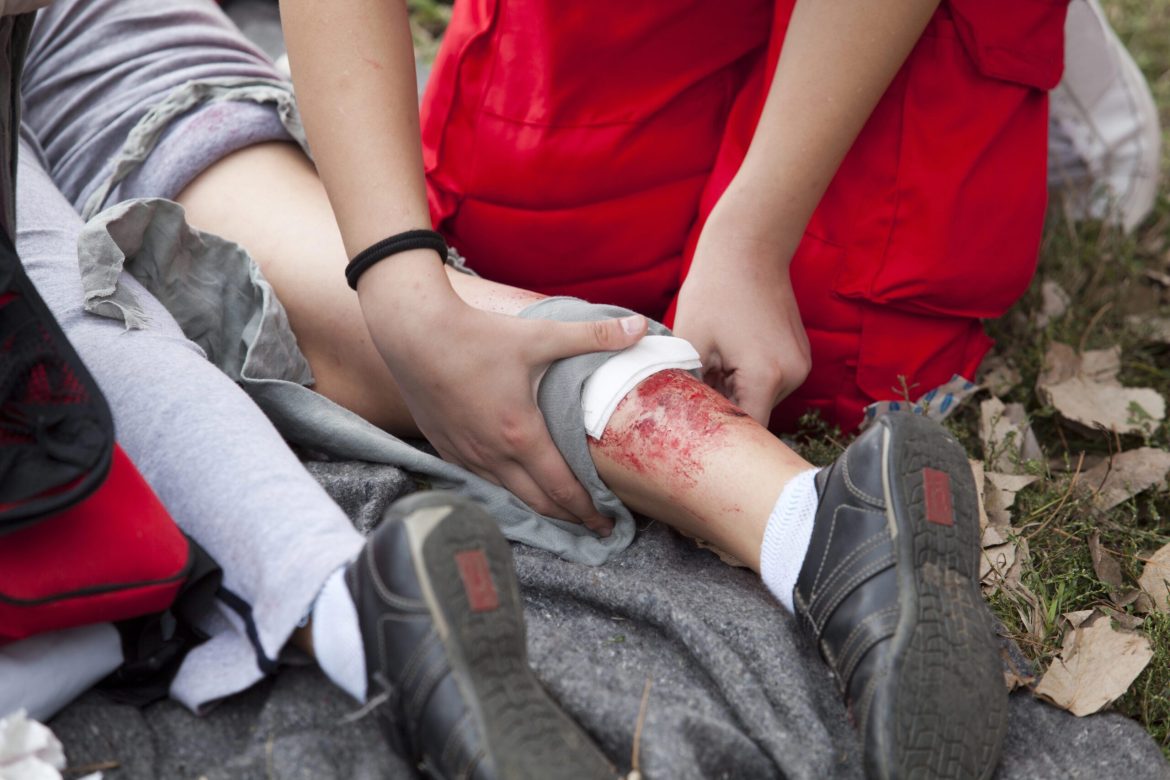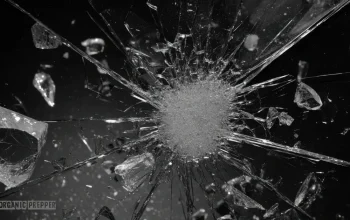Encountering a major wound can be overwhelming for most people, yet it’s a real possibility in situations like a serious car accident. QuikClot is a popular product that can be utilized in scenarios like this, even by untrained people. However, you should know the pros and cons of QuikClot before assuming it’s just a matter of opening the package and applying it to a wound. Here’s what you need to know, but first, a bit of history about this article.
Some of the links in this post may contain affiliate links for your convenience. As an Amazon Associate, I may earn a small commission from qualifying purchases without any increase in price to you.
Most people who have little to no medical training are intrigued by QuikClot. When used correctly, it can stop a deep wound gushing with blood by simply opening a packet of QuikClot and slapping it into place. Who wouldn’t want this miraculous product in their first-aid kit?
Medical Professionals Expressed Concerns
In 2012, several medical professionals reached out to me to give their opinions of QuikClot based on personal use. I researched the product and wrote the article originally titled, “The Case Against QuikClot.”
Some of the reasons given for advising caution were from professionals like nurse, Courtney:
“I work in an emergency room, and I can tell you first hand, QuikClot is AWFUL to get out of a wound. It definitely will stop you from bleeding to death, but if you are in a situation where hospitals are functioning, and you aren’t at risk of bleeding to death (i.e. haven’t severed a major artery)…I had a patient who was out fishing, cut his thumb with a fishing hook, and applied a quick clotting agent. He continued to fish for another four hours then decided to come to the E.R., where I tried my best to debride the wound. The QuikClot was hard and deeply embedded into the laceration, it took me a half hour just to clean it out. Now, I will admit that it is possible that the extended length of time the product remained in the wound is the culprit. But one thing is for sure, I wouldn’t use QuikClot unless I absolutely had to.”
Courtney, Nurse
Well, that didn’t sound too good and certainly not a product I would recommend. So, I asked Dr. James Hubbard, author of The Survival Doctor’s Complete Handbook, and he said:
“My experience has been seeing fairly minor wounds treated with QuikClot. If the patient has used the older version of the product, I have to clean and scrub, and still I’m not certain I’ve gotten all the granules out.
When this has happened, I can’t help but think that if they had simply applied direct pressure on the wound, I wouldn’t be forced to traumatize the fragile tissue so much more. Prior to 2008, QuikClot also produced a lot of heat when it reacted with blood, and this can be very painful—even burn flesh. If a granule flew into an eye, ouch!
Certainly it can be a lifesaver in battles, where the wounds are large and potential blood loss is severe. It stops the bleeding long enough for these injured victims to get to surgical care.
Lay people tend to use QuikClot first-line for every wound. They forget the basics, like direct pressure. If anyone pulls off the QuikClot to actually treat the wound, the clot comes with it, and you’re back to stage one unless there are granules, and then the situation has been made worse.
The bottom line is QuikClot in your bug-out-bag is not enough. You need to know when and how to use it.”
Dr. James Hubbard
And That’s Where Our Updated QuikClot Story Begins
The basics of QuikClot and similar products is that it contains kaolin, a mineral that activates the body’s natural clotting process. It will accelerate clotting, and in a severe enough wound, it may save a life as it minimizes blood loss.
From the company that produces QuikClot:
“Currently, QuikClot products are now in their 3rd generation and are composed of a rayon/polyester gauze impregnated with a mineral called kaolin. Kaolin has been shown to accelerate the body’s natural coagulation cascade and is a naturally-occurring, inorganic mineral that does not contain any botanicals, biological material or shellfish products and does not cause any exothermic reaction or vascular complications.
QuikClot is intuitive, with a simple-to-use dressing format, conforms readily to the wound and will not break down or fall apart under pressure. The hemostatic dressing may be left in place for up to 24 hours. To remove, gently remove dressing and thoroughly irrigate wound.
Our product is credited with helping thousands of people survive traumatic blood loss every year. It’s used by our military, law enforcement officers, EMS departments and in hospitals throughout the country.”
3 Reasons to Include QuikClot in Your First Aid Bag
There is nothing worse than being completely helpless, without the skills, knowledge, and supplies, when faced with a dire situation, and in today’s world of top-rate medical and first aid supplies and training, everyone should know how to stop the bleed.
With QuikClot, you get a product that is easy to use, even for someone who has never before needed to deal with a severe, bleeding injury. When your heart is pumping, your head is spinning, and now you have to deal with a gushing wound, that’s exactly the time when you need to open a package of something you know will be effective and then, just slap it into place.
The product is versatile and you’ll find versions for minor cuts and wounds to severe arterial bleeding. This package of gauze is priced right, lightweight, and with very simple instructions. It can be placed and pressed over a wound or unwound to a two- or four-food length to be pressed and packed into a very deep wound.
The product has come a long way from the earlier versions medical professionals complained about, and the safety issues mentioned by Courtney and Dr. Hubbard are no longer an issue. As designed now, the newer version doesn’t heat up and the material is encased in gauze so any need for debridement is unnecessary.
I have QuikClot in my own first aid kit.
Are There Any Disadvantages to Using QuikClot?
As I’ve updated my own research, the disadvantages pale in comparison with the possibility of bleeding to death.
It’s possible someone might have an allergic reaction to the product, but this is rare, and in some cases, it might be hard to remove from the wound, which necessitates the reminder to get the injured person to a hospital or other medical facility as quickly as possible, even though the bleeding has stopped. There could still be additional trauma and complications to the wound, and QuikClot is designed to be a stop-gap measure to save lives, not replace professional medical care.
Although QuikClot is designed to be user-friendly, I highly recommend learning how to use it with videos like this one AND get additional training through the Stop The Bleed program.
Related Medical Care Content




